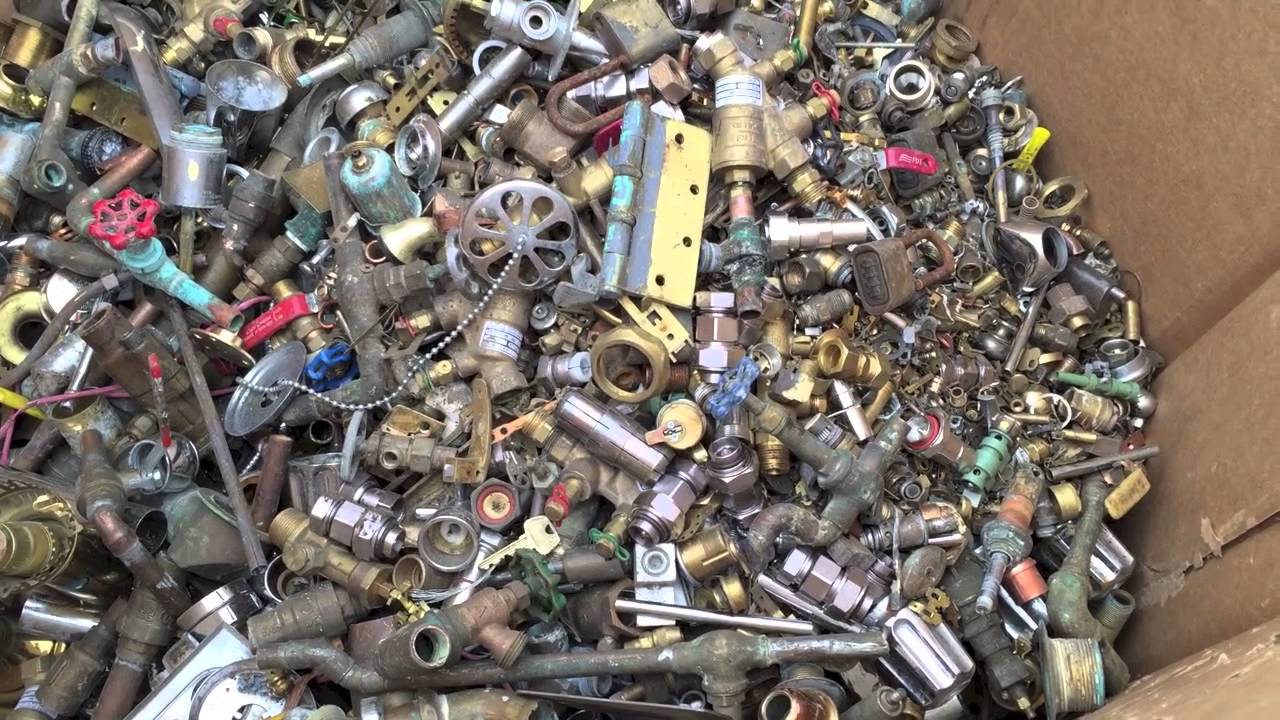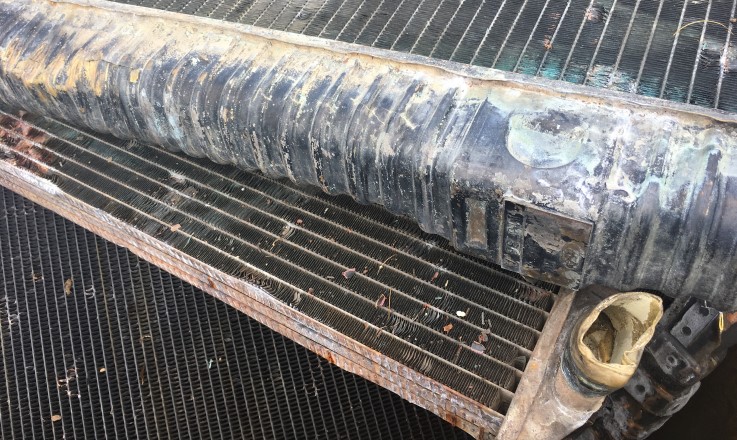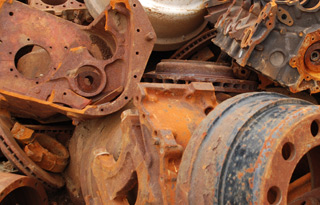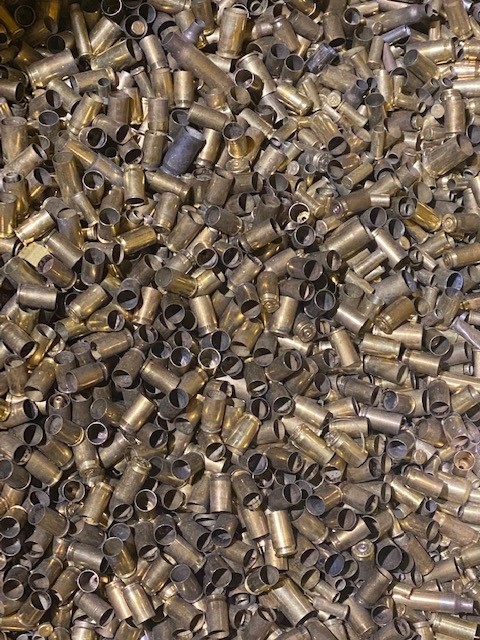Contaminated Brass
$0.00
Brass materials with contaimination from steel, plastic or other non-brass. Valued for their recyclable metal content, but may require cleaning or surface preparation prior to recycling.
Description
Dirty brass, in terms of scrap metal, refers to brass materials that are contaminated with non-metallic substances such as steel, plastic, or other foreign materials. This contamination can occur during the collection, handling, or usage of the brass items.
When it comes to scrap metal, dirty brass poses a challenge because the presence of non-metallic contaminants reduces its value and affects its recyclability. The contamination hinders the efficient processing and separation of the brass from other materials.
Recycling facilities and scrap metal yards typically prefer clean brass, free from significant amounts of non-metallic substances. Contaminated brass may require additional sorting, cleaning, or processing steps to remove the unwanted materials, which can be time-consuming and costly.
Contamination from steel, plastic, or other non-metal materials in dirty brass can negatively impact the quality and integrity of the recycled brass. It can affect the properties and performance of the resulting brass alloys or products.
To maximize the value and recyclability of brass, it is important to separate and properly sort brass items from other materials. This helps ensure that the brass is clean and free from significant contaminants, allowing for efficient processing and better quality recycled brass.
In summary, dirty brass refers to brass materials contaminated with non-metallic substances. The presence of steel, plastic, or other foreign materials in dirty brass can diminish its value and affect its recyclability. Proper sorting and separation of brass from other materials are necessary to obtain clean brass, maximizing its potential as a valuable scrap metal.




